Interior design is a fusion of creativity, technical knowledge, and practical skills. For students embarking on this journey, the right resources can make all the difference. While practical training and projects are essential, books are invaluable for building foundational knowledge, exploring new ideas, and understanding industry standards. Here’s a curated list of the top books every interior design student should read to enhance their learning.
1. "The Interior Design Reference & Specification Book" by Chris Grimley and Mimi Love
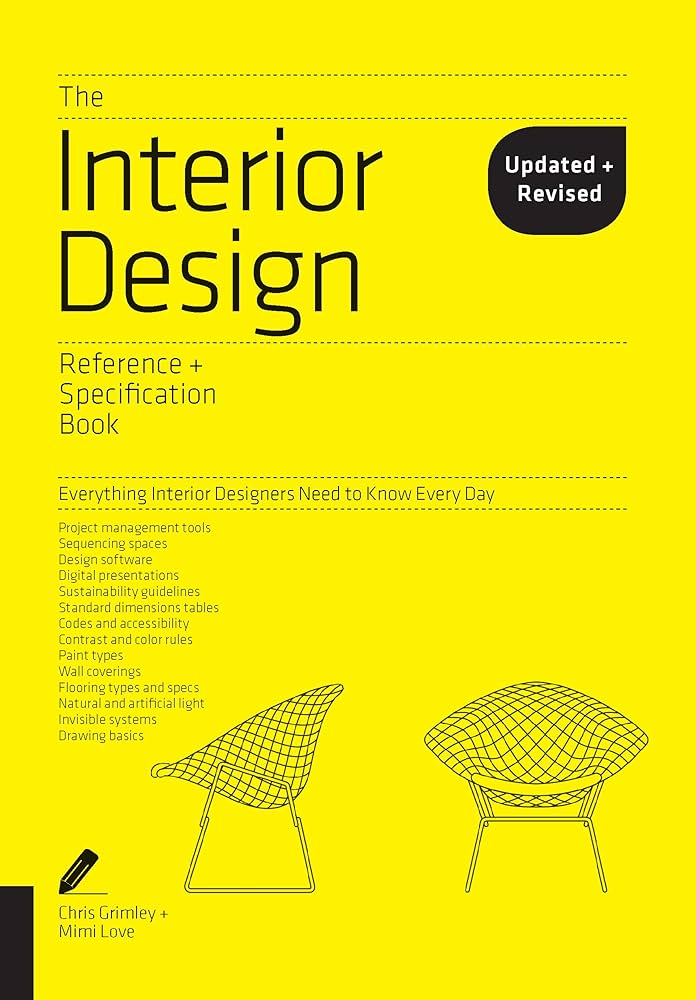
This comprehensive guide is a must-have for beginners. It covers key aspects of interior design, including space planning, color theory, lighting, and materials. Its concise format makes it perfect for quick references during projects.
Why It’s Essential:
- Offers practical guidelines for designing functional spaces.
- Includes industry standards and best practices.
2. "Interior Design Illustrated" by Francis D.K. Ching
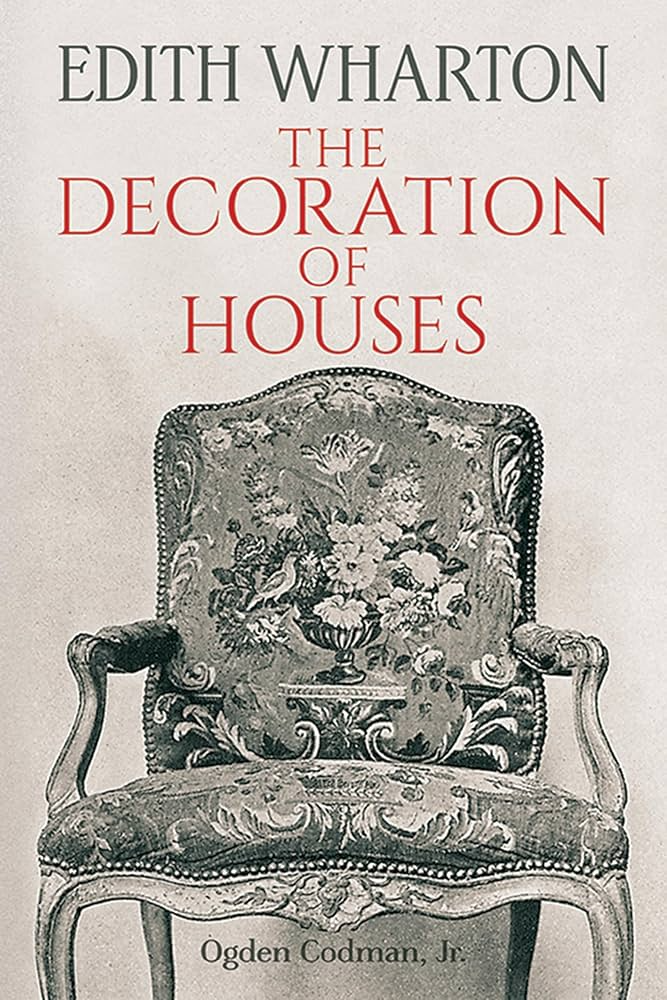
Francis D.K. Ching is a legendary figure in the architecture and design world, and this book is a visual masterpiece. It breaks down complex concepts like spatial organization, circulation, and lighting into easy-to-understand illustrations.
Why It’s Essential:
- Focuses on the technical and creative aspects of design.
- Helps students understand how to transform ideas into visuals.
3. "Human Dimension & Interior Space" by Julius Panero and Martin Zelnik
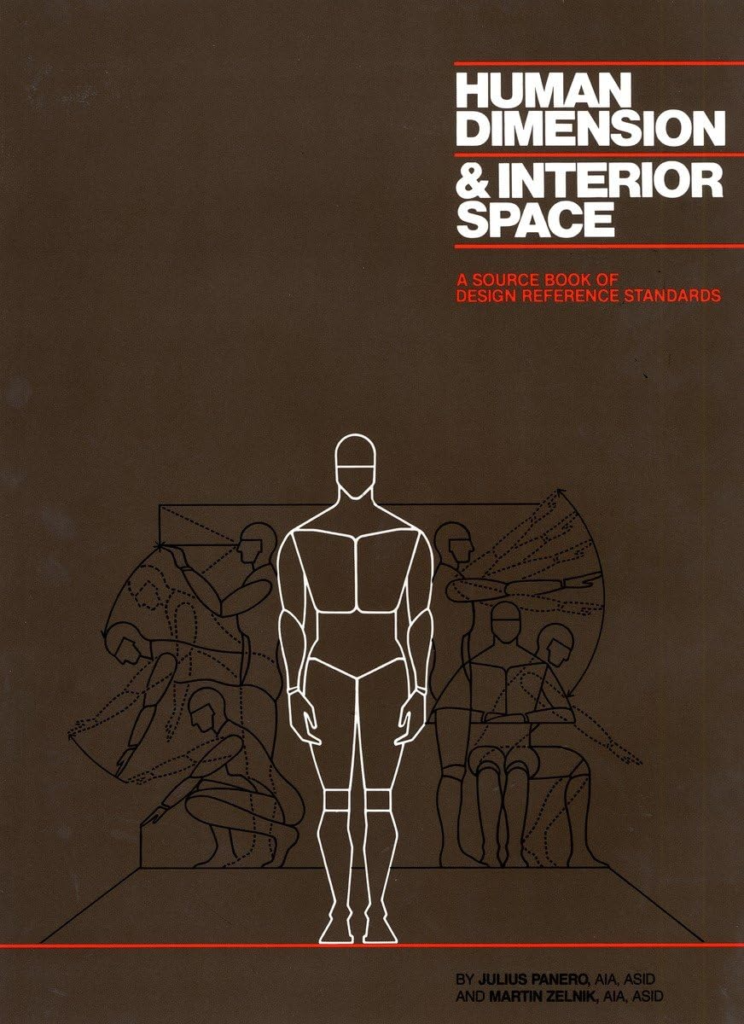
Understanding human ergonomics is critical for functional design. This book provides detailed dimensions for furniture and space planning, ensuring your designs are not just aesthetically pleasing but also comfortable and practical.
Why It’s Essential:
- Focuses on anthropometrics and ergonomics.
- Ideal for space planning and furniture layout.
4. "The Decoration of Houses" by Edith Wharton and Ogden Codman Jr.
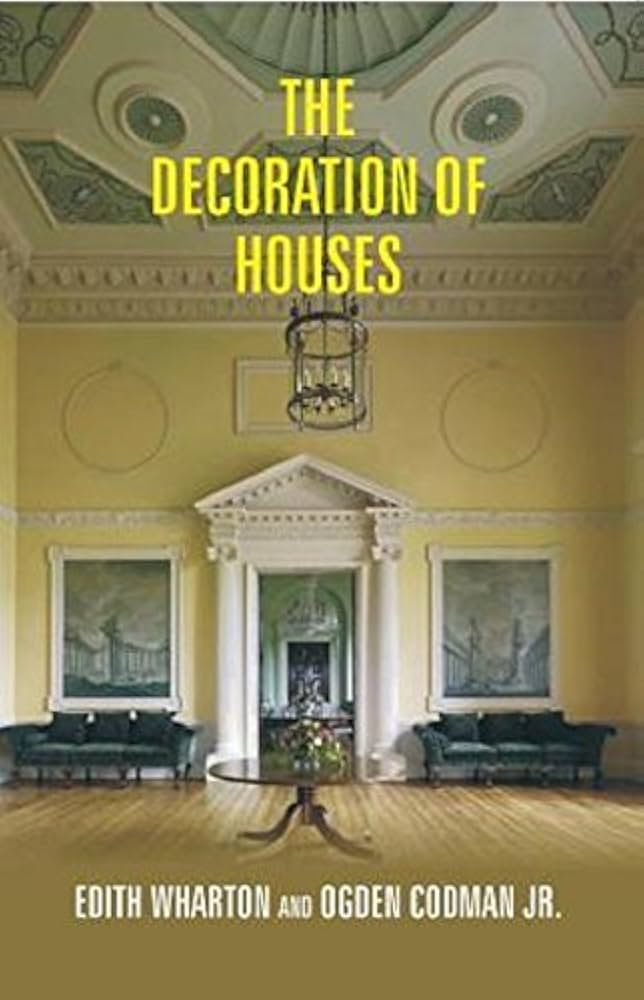
A classic in interior design literature, this book explores timeless design principles that remain relevant today. It emphasizes simplicity, proportion, and functionality in interiors, offering insights that are still applicable in modern design.
Why It’s Essential:
- A historical perspective on interior design principles.
- Helps students understand the roots of modern design aesthetics.
5. "Color: A Workshop for Artists and Designers" by David Hornung
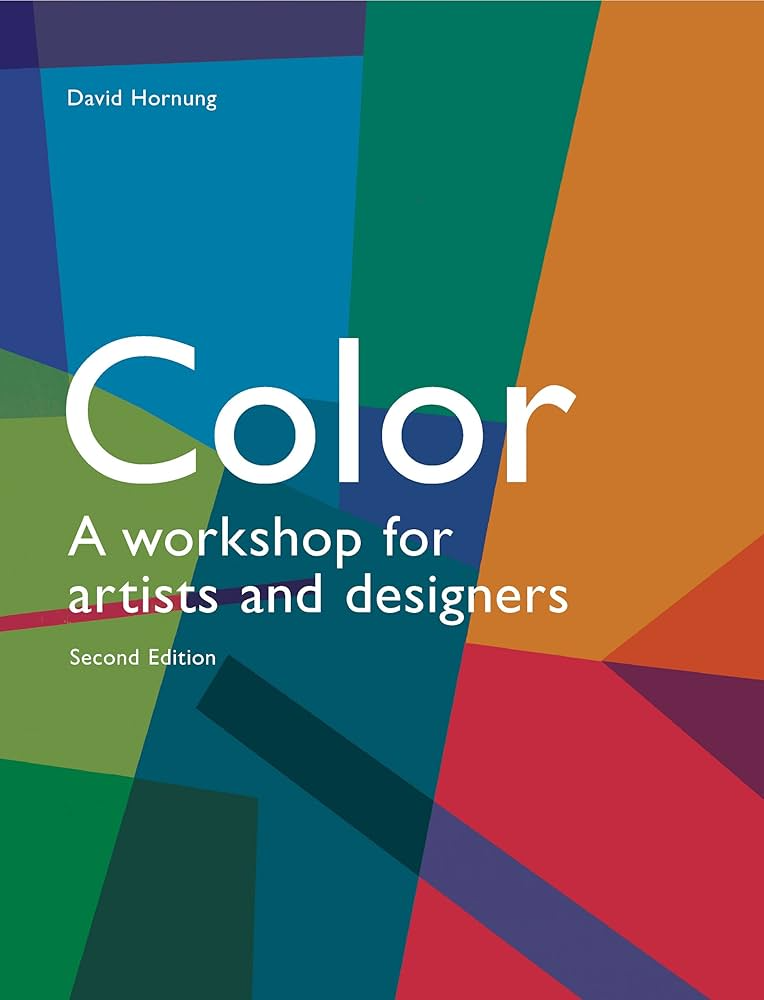
Mastering color theory is crucial for interior design students. This book provides a hands-on approach to understanding color relationships, harmonies, and contrasts. It includes exercises that allow students to experiment with color applications.
Why It’s Essential:
- Offers practical exercises for mastering color.
- Encourages creativity while working with color palettes.
6. "Lighting for Interior Design" by Malcolm Innes
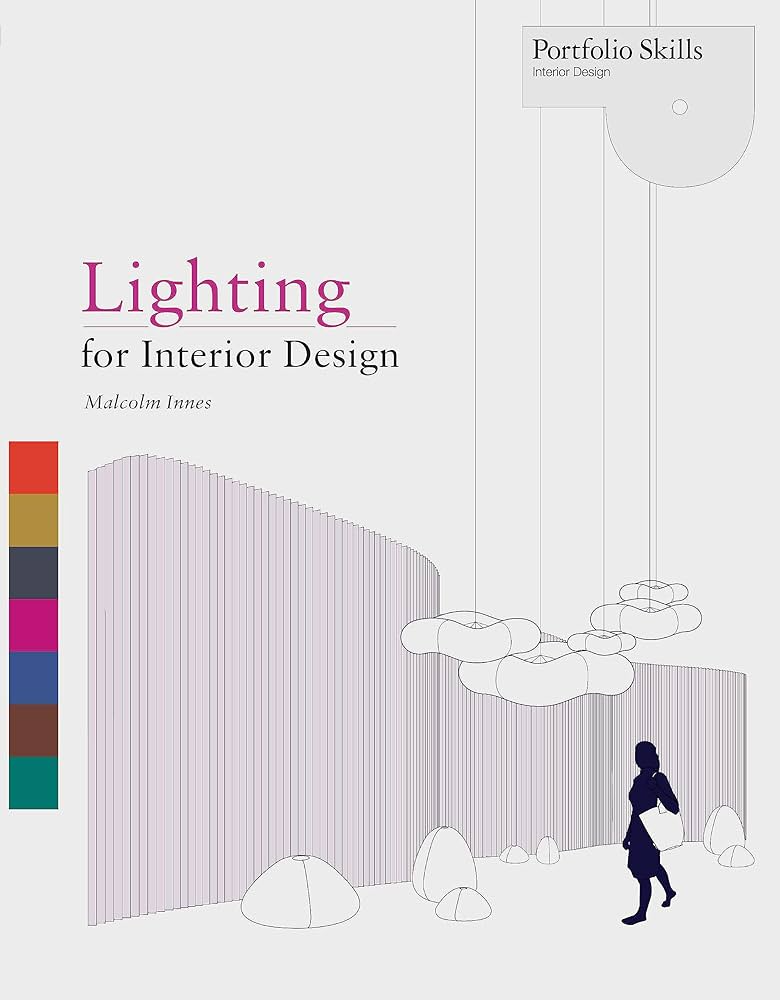
Lighting can transform a space, and this book is a fantastic guide to understanding the technical and artistic aspects of lighting design. From natural light to artificial sources, it explains how to create mood and enhance functionality.
Why It’s Essential:
- Covers lighting strategies for different environments.
- Focuses on energy efficiency and sustainability in lighting.
7. "Architectural Digest at 100: A Century of Style" by Architectural Digest
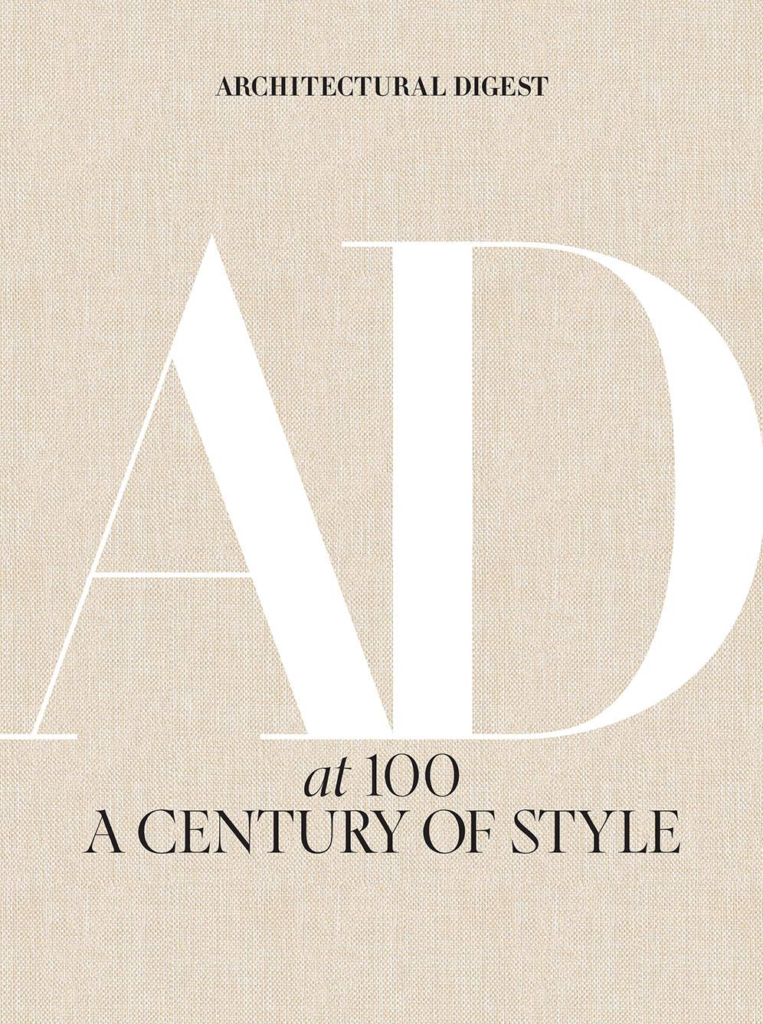
This coffee-table book is a visual delight, showcasing some of the most stunning interiors of the past century. While it’s not a technical guide, it’s a great source of inspiration for students to understand luxury and innovation in interior design.
Why It’s Essential:
- Provides inspiration and exposure to high-end design.
- Explores diverse styles and iconic projects.
8. "Design Drawing" by Francis D.K. Ching and Steven P. Juroszek
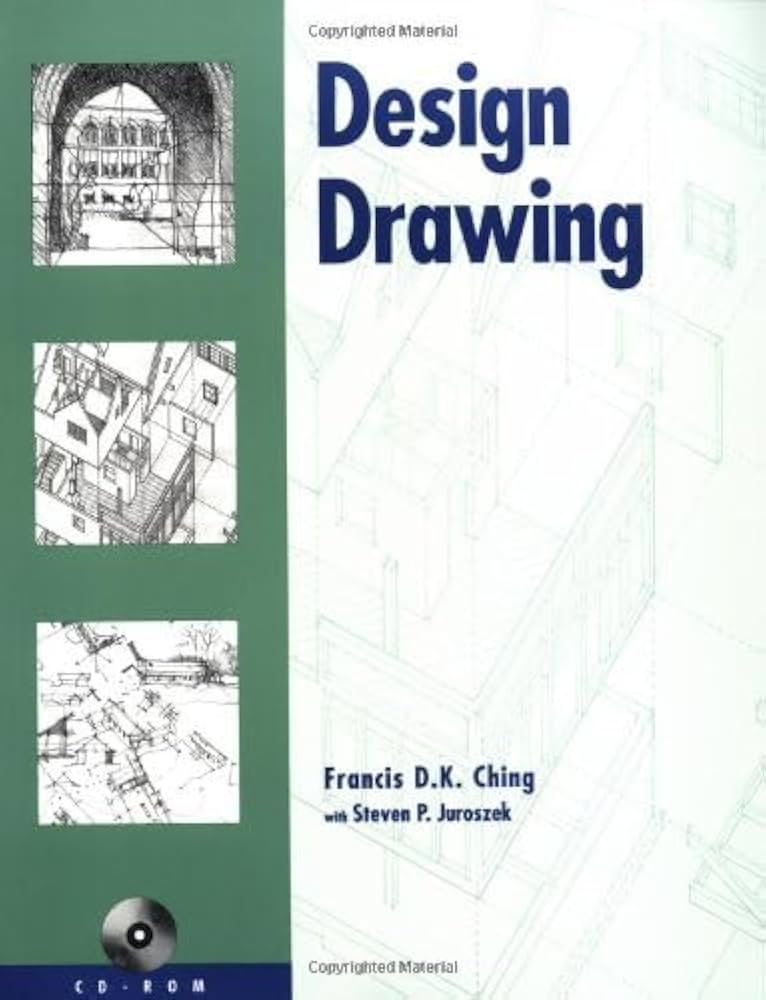
Learning to sketch and draw is fundamental for interior designers, and this book is an excellent resource for developing those skills. It teaches techniques for visual communication, including perspective and shading.
Why It’s Essential:
- Enhances drawing and representation skills.
- Aids in visualizing and presenting ideas effectively
9. "Materials for Interior Environments" by Corky Binggeli
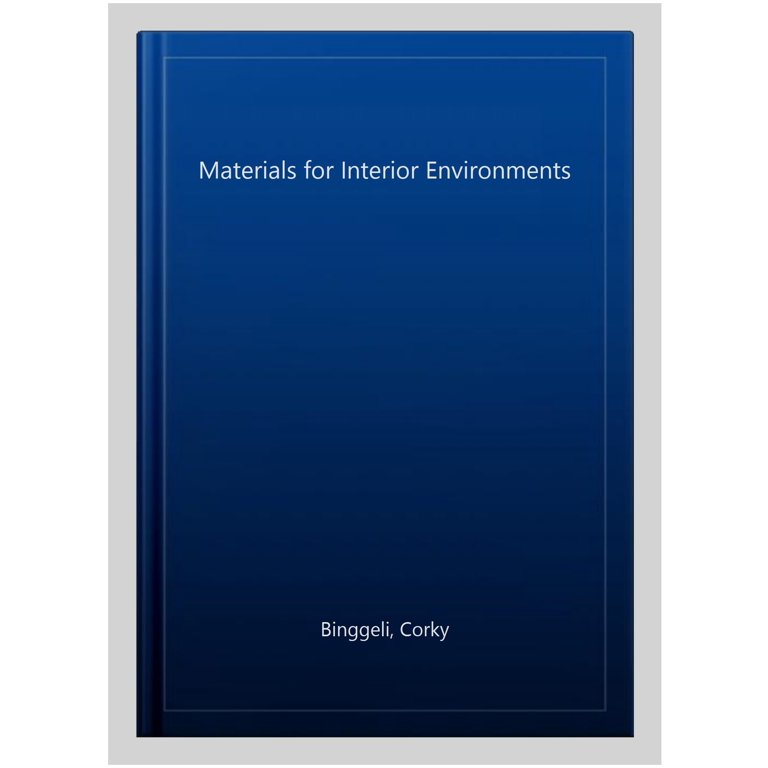
This book dives deep into the materials used in interior spaces, including their properties, applications, and sustainability. Understanding materials is key to creating functional and aesthetically pleasing designs.
Why It’s Essential:
- Comprehensive resource on material selection.
- Emphasizes sustainability and environmental impact.
10. "Elements of Style: Designing a Home & a Life" by Erin Gates
This book combines personal anecdotes with practical design tips, making it relatable and engaging for students. It’s a reminder that design is not just about aesthetics but also about creating spaces that reflect personality and lifestyle.
Why It’s Essential:
- Balances technical advice with a personal touch.
- Inspires students to bring individuality into their designs.
How These Books Complement Practical Training
While hands-on training provides real-world experience, these books serve as valuable references and sources of inspiration. Together, they equip students with the knowledge and confidence to tackle complex projects.
Conclusion
Investing in the right books can elevate your interior design education, offering a blend of technical insights, creative inspiration, and industry expertise. Whether you’re a beginner or looking to refine your skills, these books are excellent companions on your journey to becoming a successful interior designer.
Pro Tip: Make notes as you read and apply what you learn in your projects. Combining theoretical knowledge with practical application is the key to mastery.
